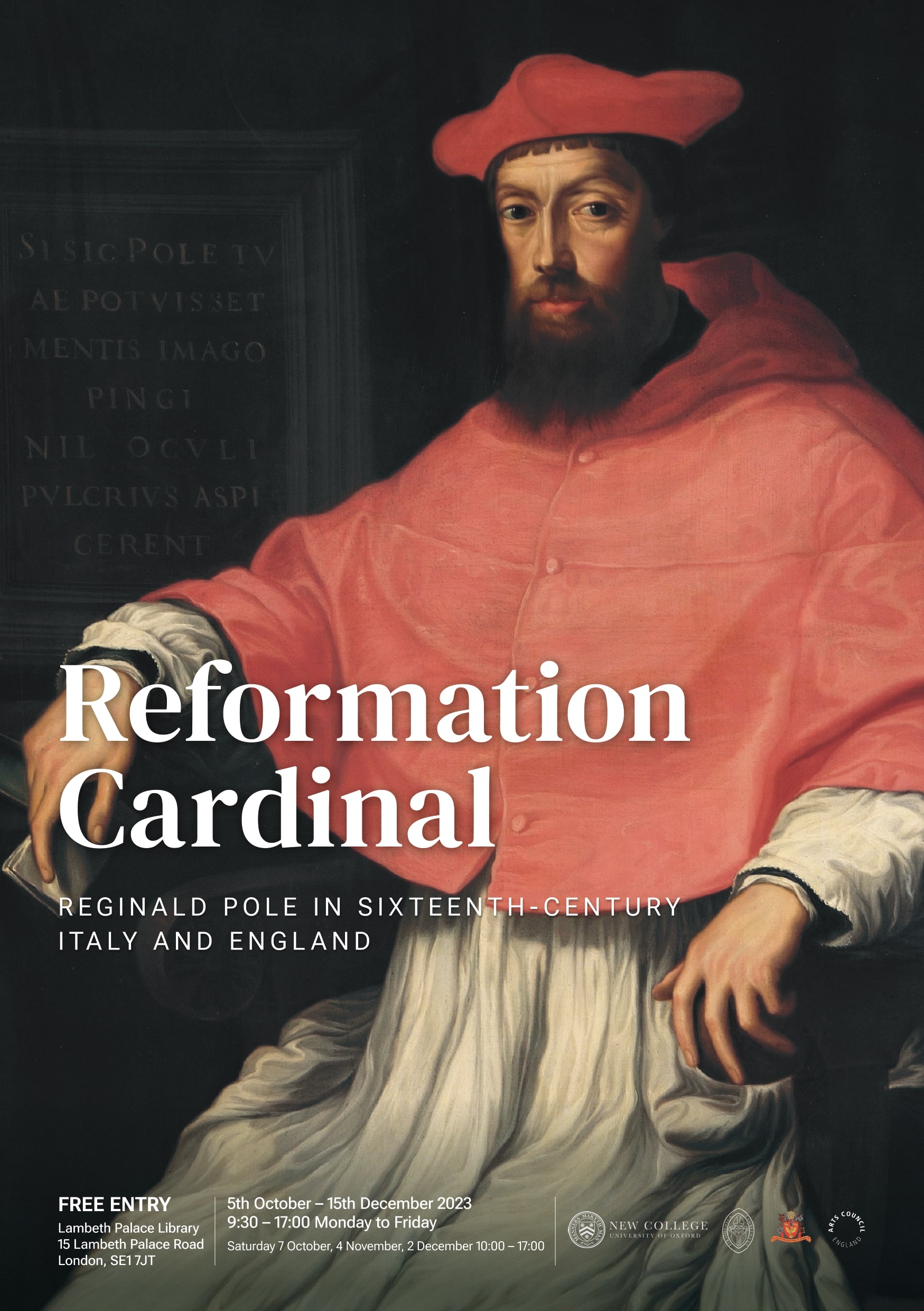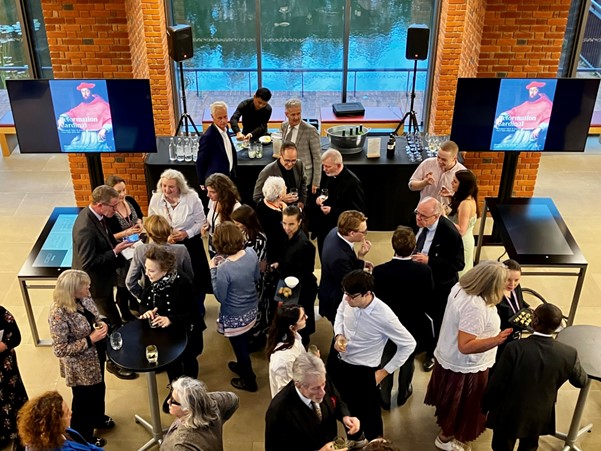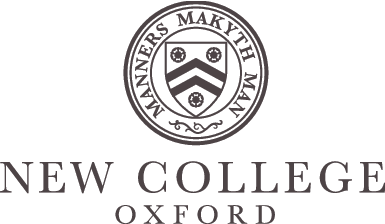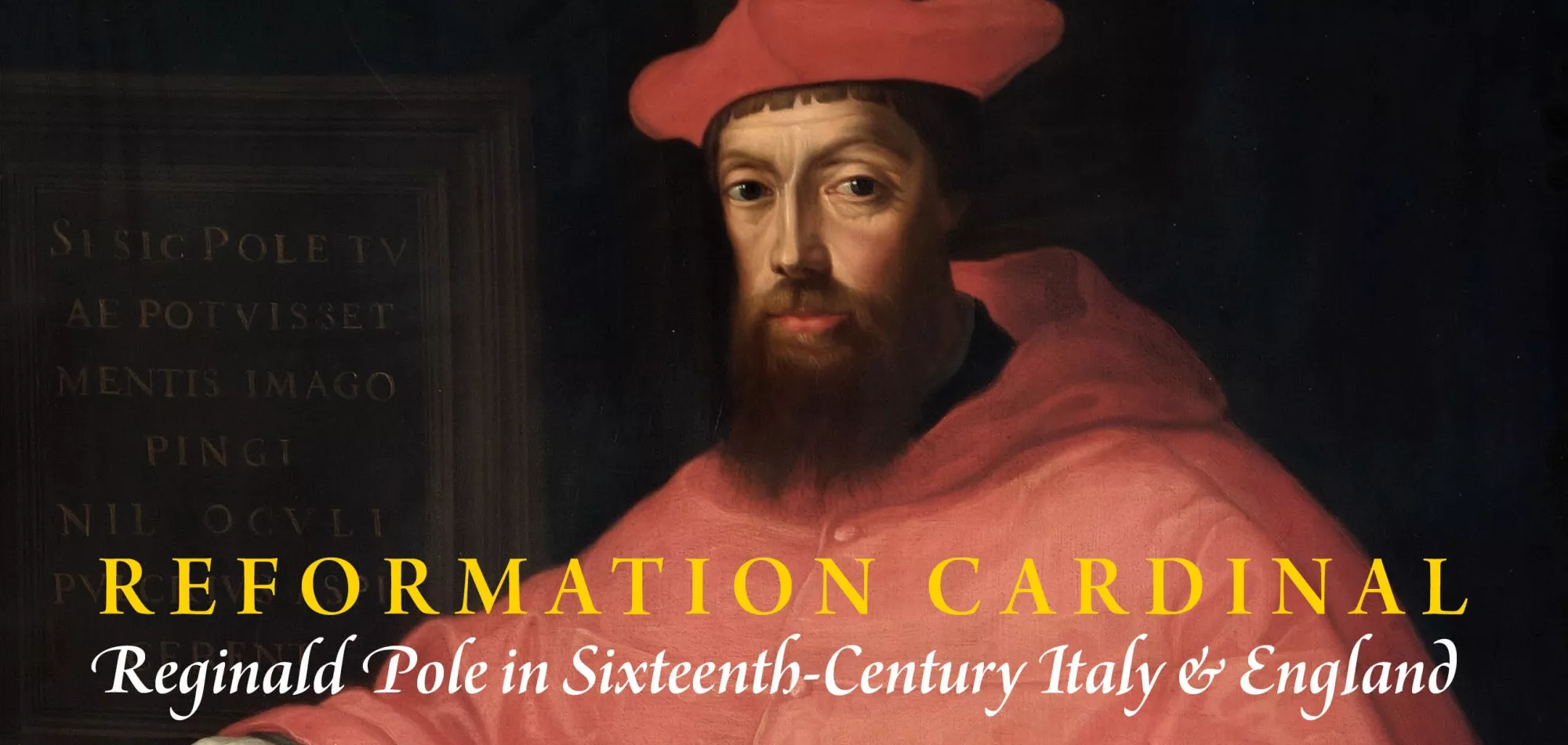Cardinal Reginald Pole
Born in 1500 into the highest circles of the English aristocracy, becoming both cardinal and England’s last Catholic Archbishop of Canterbury, Reginald Pole steered a perilous course through the storm of the European Reformation. A brilliant scholarly career in Italy took him to Rome, from where he launched an audacious campaign against Henry VIII’s regime and its anti-papal policies. His intellectual leadership of the Church mirrored his position in a circle of close spiritual friends, which included the artist Michelangelo. Returning to England after the accession of the Catholic Queen Mary, Pole reconciled the English Church to Rome and did much to re-establish Catholicism before his premature death at Lambeth in 1558.
We are illuminating the multifaceted life of Cardinal Reginald Pole through the books he owned, read, and shared among the figures within his scholarly, spiritual, ecclesiastical, and aristocratic circles. The result is the portrait of a scholar, told through this library. Pole wrote books, bought books, collected books, and received books. At his death, much of his library was donated to New College, a choice made by his close friend, Alvise Priuli, which resulted in New College Library’s preserving a large number of volumes with confirmed or probable ownership by Pole. Most of our medieval Greek manuscripts derive from this bequest.
Reginald Pole and New College
Priuli’s choice of college may at first seem surprising; Pole’s college had been Magdalen. Priuli’s choice, however, bears witness to the overarching shape of the life of Reginald Pole, which followed a movement from scholasticism to faith. Following the dissolution of the monasteries and establishment of the Church of England which succeeded Henry VIII’s break with Rome, and which was completed in 1534, University colleges would no longer be permitted to perform Catholic ceremony, or worship in accordance with the long-held traditions of the Catholic faith. Within this shifting religious climate, New College is significant for its ongoing allegiance with and commitment to Catholicism.
Pole’s own religious dedication only grew stronger as his life progressed; he is remembered as the last Catholic Archbishop of Canterbury. His own sympathy with New College’s religious persuasion is witnessed in his own personal donation of books to the College in 1557, likely through the mediation of Henry Cole (Warden 1542–51), who had not only been appointed commissioner in the University reforms led by Pole under Mary I, but who would also be named as Vicar General in Pole’s own will.
The books also preserve the closer friendships between figures within this circle, most significantly, in terms of New College items, the connection between Pole and Christophe de Longeuil, a lawyer-turned-humanist who is best remembered for his devotion to Ciceronian Latinity (leading to his preferred Latinisation as Christophorus Longolius). Longolius died prematurely in 1522 in Pole’s own household, and their closeness is witnessed in Longolius’s bequest of his own library to Pole. Some of the volumes in this exhibition and discussed in the book therefore contain Longolius’s signature, often in conjunction with the initials ‘R.P.C’ (Reginaldus Polus Cardinalis), recording the hands through which the texts have passed. The book reflects all these and other elements of Pole’s life and work in Italy and England.
The Partnership
New College Library, Oxford has partnered with Lambeth Palace Library and the Venerable English College in Rome for an international exhibition about Cardinal Pole, Reformation Cardinal: Reginald Pole in Sixteenth-Century Italy & England, with items from all three institutions, along with others from the Bodleian Library, Oxford.
Our Exhibition at Lambeth Palace Library
‘. . . a new exhibition at Lambeth Palace Library—round the corner from where Cardinal Pole resided as Mary Tudor’s Archbishop of Canterbury, the last Catholic to hold the title . . . explores the many facets of this fascinating man, who had a claim to the throne’.
The Times, 21 October 2023

How to get to Lambeth Palace Library

The exhibition—and our accompanying book—were officially launched at a private viewing for invited guests on Thursday, 5 October at Lambeth Palace Library.
The Online Exhibition
We have an online exhibition to complement the exhibition at Lambeth and our newly published book.
View the digital version of the exhibition.
The Book
Reformation Cardinal: Reginald Pole in Sixteenth-Century Italy & England is now published by New College Library & Archives Publications—produced with the generous financial support of the New College Ludwig Fund for the Humanities.
Edited by James Willoughby and designed by Colin Dunn, our ten-chapter book is written by distinguished Reformation and Counter-Reformation scholars, and it places Cardinal Reginald Pole (1500–1558), England’s last Catholic Archbishop of Canterbury, in the context of his turbulent times.
It provides a fresh and invaluable account of this complex and charismatic character, who has been—all too often—unfairly portrayed as someone who was on the wrong side of history.


